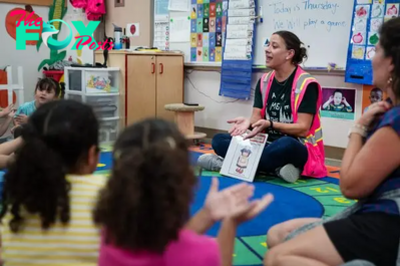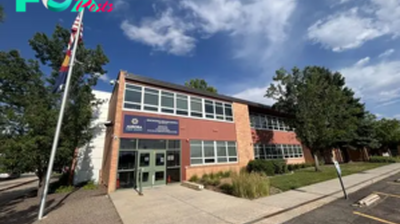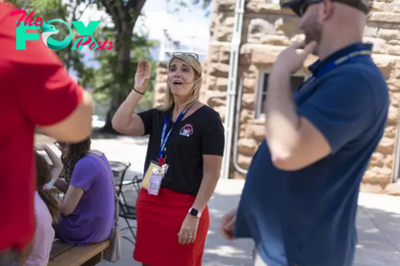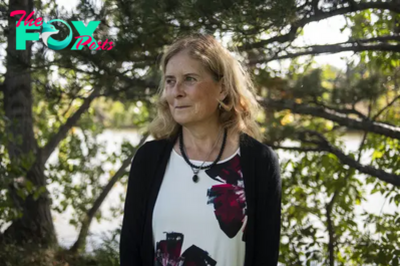Education
FAFSA delays cast uncertainty over university budgets as Colorado lawmakers look at how to fund higher education
High school seniors and college students across Colorado aren’t the only ones wondering what their fall will look like amid serious hiccups in the new process for applying for federal student aid. Colorado universities are facing their own bout of uncertainty with fears that fewer students may end up enrolling in higher Education, questions about how their budgets will shape up and the anticipation of an unusually busy summer making last-minute adjustments before the new school year.
What lies ahead is “one of the roughest years in higher education history probably in this country in many generations,” said Marty Somero, director of financial aid at the University of Northern Colorado in Greeley. About 28% of students have qualified in recent years for Pell Grants, which are usually awarded to undergraduate students who have significant financial need.
When the U.S. Department of Education set out to introduce a new Free Application for Federal Student Aid form and process, the idea was to simplify the application and spread financial aid to more students. But continued delays and individual student struggles to complete the new form in recent months have largely overshadowed the impending benefits of the new FAFSA. And the “FAFSA fiasco,” as Colorado higher education leaders describe it, has led to a series of cascading challenges for public universities like UNC, which need reliable student enrollment figures and information about student financial aid to plan for campus housing and dining as well as inform key parts of their overall budget, including how much they can pay faculty and staff.

“If you don’t know what the impact is on enrollment, if you don’t know what the impact is on how many students are going to be in the residence halls or buying meal plans,” Somero said, “how can you really come up with a solid budget and a solid budget estimate?”
The “real rough rollout” of the new FAFSA, he added, is creating “spiderweb issues anywhere and everywhere within higher education.”
The stakes feel particularly high in Colorado, where state funding for higher Education trails most other states and Gov. Jared Polis is at odds with lawmakers and leaders of Colorado’s 15 public college and university systems over how much funding the state should kick in for higher Education during the next fiscal year.
Polis’ most recent funding proposal from January would add $47 million to the state’s operating budget for higher education and push forward a 2.5% tuition increase for in-state students that his office says would cover the cost of raises for higher education employees under the state’s collective bargaining agreement. He also wants higher education institutions to scale back spending as student enrollment declines.
“Governor Polis believes that every Coloradan should have access to the higher education and training they need to fill good jobs that will support them and their families, which is why his budget includes more than $30 million to keep tuition increases low for in-state students,” spokesperson Shelby Wieman wrote in an emailed statement Tuesday. “Additionally, the Colorado Department of Higher Education is providing technical assistance to institutions and is engaged with state and federal partners to provide flexibility and minimize the impact of this federal issue on Colorado students and institutions.”
☀️ READ MORE
Colorado FAFSA rate rebounds but falls short of national average
The Unaffiliated | Colorado budget writers pan governor’s higher education funding plan. A free-tuition proposal. Enlightening new polling data.
Higher education faculty in Colorado beg lawmakers to pass collective bargaining rights bill
Meanwhile, college and university system leaders are calling for an operating budget increase of $161 million, an 11% jump from the current fiscal year. That request matches findings from a Joint Budget Committee staff analysis, which considers the governor’s budget request insufficient to keep tuition hikes low.
The JBC is meeting Thursday to discuss state funding figures for higher education. But whatever the committee decides could change. State budget officials and legislative economists release in March their next revenue forecasts, which determine how much money lawmakers have to spend in the upcoming budget.
The alarming prospect of a “triple whammy”
Somero worries about what will happen should university enrollments fall short of projections and state funding lags behind the amounts that state schools need. That confluence could set the scene for “a potential perfect storm,” he said, though he’s not overly concerned about UNC’s financial future.
Some schools across the state and country, Somero warned, could even find themselves hit by a “triple whammy”: state funding lagging significantly behind what colleges and universities need, limits on tuition increases that would help offset some financial losses and student enrollment much lower than projections.
Higher education leaders widely share a fear of declining enrollment as a direct result of FAFSA frustrations.

“Because it’s coming so late, some students may decide to wait a semester because they might not be certain if they’re able to afford it,” CDHE Executive Director Angie Paccione said. “So that’s where the biggest uncertainty comes.”
The extra wrinkle of FAFSA delays only compounds the already difficult undertaking of estimating student counts, Somero said.
“Predicting an incoming class for a midsize public university is a tough job to begin with,” he said. “And then you put this on top of it, for community colleges (and) public universities it’s really thrown things into a tailspin.”
Adams State University in Alamosa is also bracing for a potential dip in enrollment, though the school encourages students to apply and enroll in classes year-round, President David Tandberg said.

“We don’t have some of the same pressures of the competitive institutions, but we do deal with a population that needs a lot of support,” Tandberg said. “And so the confusion around the FAFSA, the delay could cost us some enrollments and that would have a budgetary effect.”
Most students attending Adams State can only afford school with the help of financial aid that stems from FAFSA, he said, adding, “I get worried about any barrier given our demographic of students.”
-

 Education14h ago
Education14h agoReal equity in math education is about more than good grades and test scores
-

 Education2d ago
Education2d agoGood feedback is an art – here’s how I teach it
-

 Education3d ago
Education3d agoUnequal access to quantum information education may limit progress in this emerging field − now is the time to improve
-
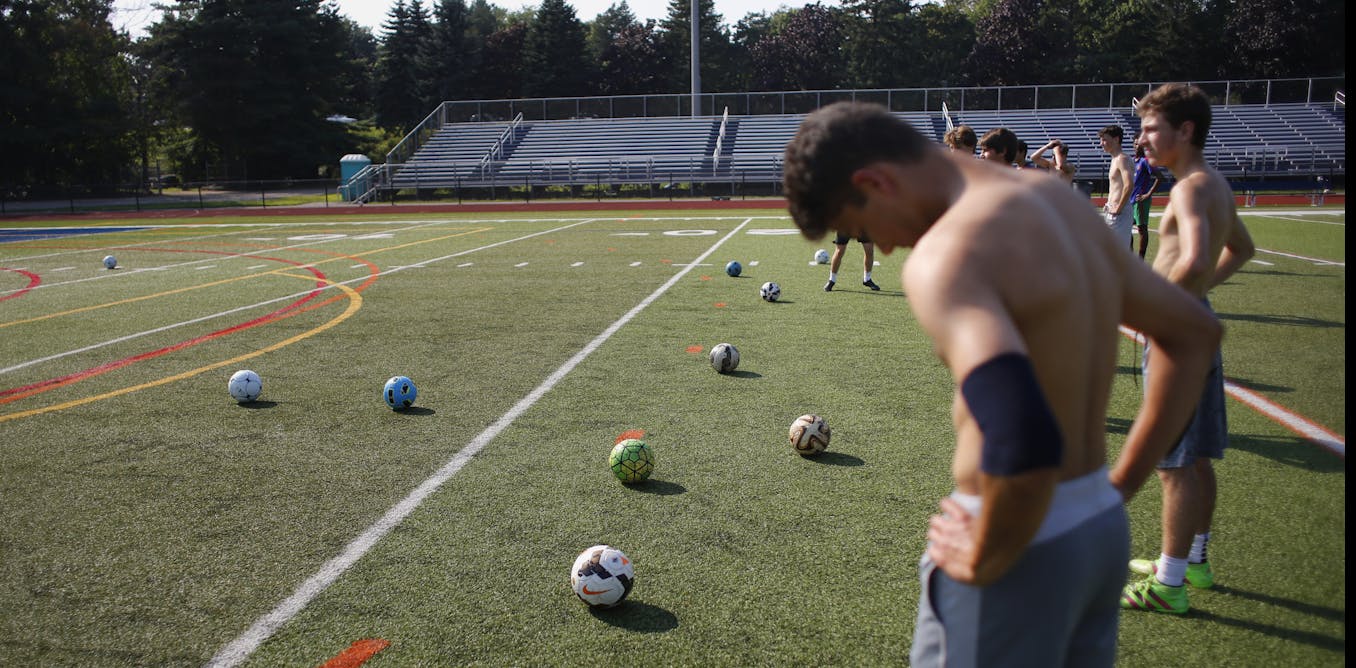
 Education3d ago
Education3d agoSports in extreme heat: Warning signs of heat illness and how high school athletes can safely prepare for the start of team practices
-
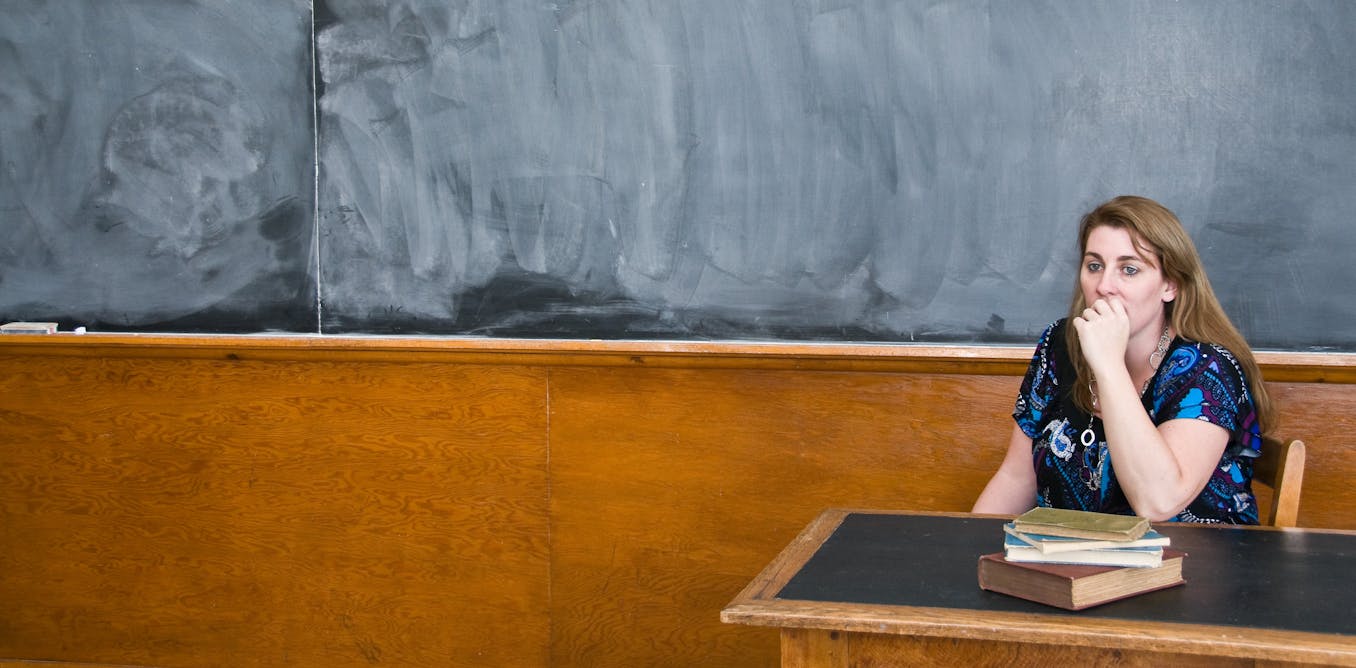
 Education3d ago
Education3d agoCOVID-19 devastated teacher morale − and it hasn’t recovered
-

 Education1w ago
Education1w agoSports in extreme heat: How high school athletes can safely prepare for the start of practice, and the warning signs of heat illness
-

 Education1w ago
Education1w agoWhy I turned the ‘Red Dead Redemption II’ video game into a history class on America’s violent past
-

 Education1w ago
Education1w agoAfter more than 40 years, the federal right to free education for immigrant students finds itself in the crosshairs of conservatives
